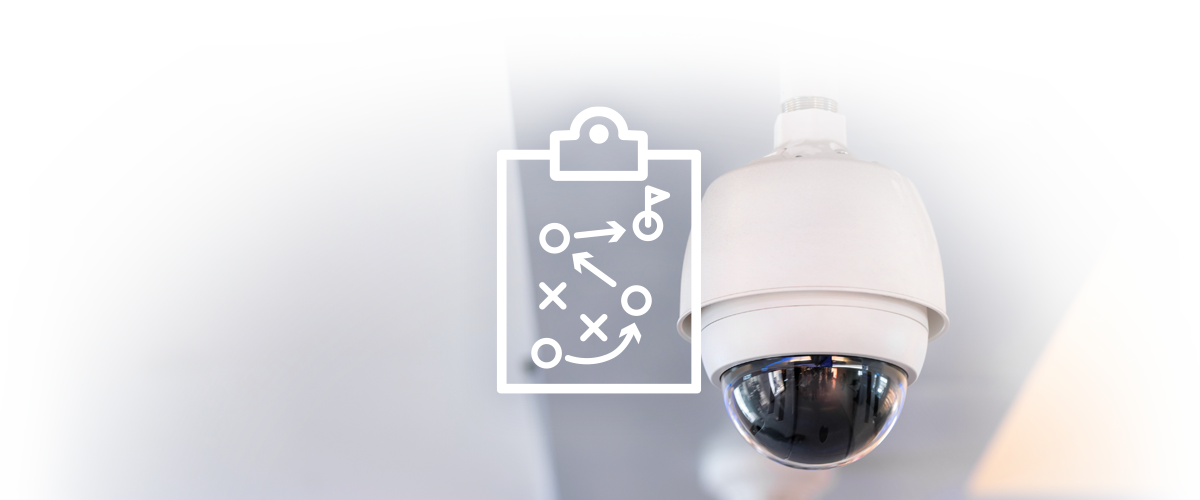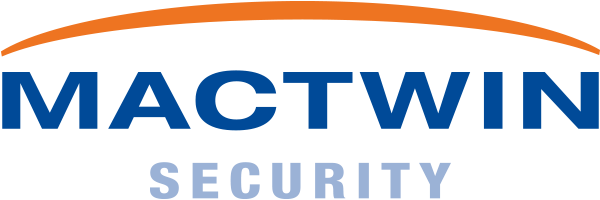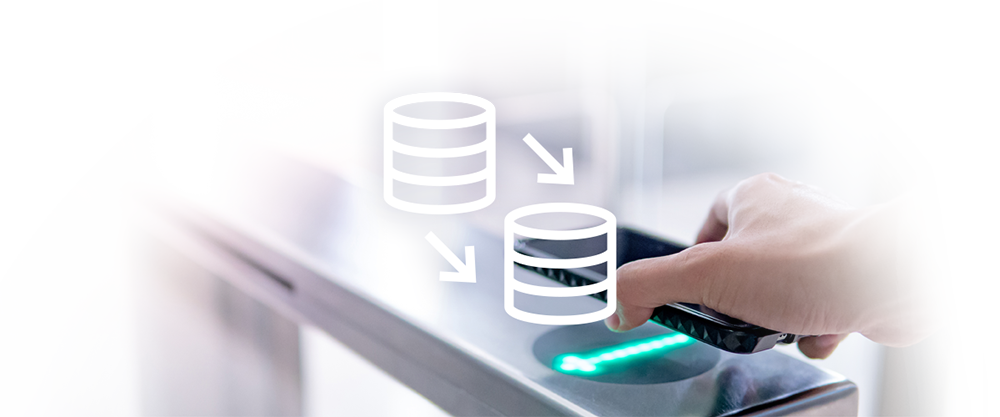System migration
Replace obsolete or end-of-life systems
No matter how well protected you are, there comes a time when (parts of) your security systems become obsolete or end-of-life. Even if they still seem to be functioning well, it is important to replace them before things go wrong. When systems and/or components are end-of-life, there are consequences for you as a user:
But what will you do? Let the obsolete or end-of-life system sit at risk? Or are the risks too great and you decide to replace? Fortunately, most organizations are sufficiently aware of the risks of leaving old systems in place. They rightly choose to replace them. By a newer system from the same supplier or by a system from an entirely different brand. Such system migration – depending on the role of the systems in an organization and their complexity – involves quite a bit.
Mactwin has a lot of experience in replacing end-of-life systems, for example, replacing an Xtralis access control system with an AEOS system from Nedap or replacing the somewhat older ATS Classic burglar alarm system with an ATS Advanced system. We analyzed these experiences and determined the critical success factors in migration projects. Many organizations have now benefited from our knowledge and experience in this area.
Sustainable investment
To make sure you are making a sustainable investment, we recommend taking another look at your risks and desired level of security. Perhaps new risks have emerged over time or previously identified risks are no longer likely. And is your security still at an adequate level or does it need to be adjusted to the new risk profile? Our consultants are uniquely qualified to apply their knowledge of criminal Modus Operandi to your situation.
Cut costs
Of course, we first determine the exact size of the existing installation so that the scope of the migration project is clear. We also assess which existing components and wiring, if any, can be reused. If necessary after they have been refurbished.
By continuing to use these parts that still work well in the new system, you can save costs. Of course, these components must be compatible with the new systems (and software) and still meet current standards.
Future-proof
The new system we recommend will naturally match your current needs, requirements and circumstances. It is further compatible with the latest technology and complies with applicable laws and regulations. We also believe it is important for the system to be sufficiently future-proof. That is, it is a flexible system that can be adapted to new needs, requirements and circumstances in the future.

Migration plan ensures smooth running process
Before we get to work on the actual migration, we always draw up (in close cooperation with you) a migration plan. These include the following:
- Phases into which we divide the project;
- Milestones and total lead time;
- Measures to minimize risks during the migration process;
- Ways to minimize any inconvenience caused by the work.
Comprehensive projects in phases
For large projects with multiple locations, we divide the migration project into phases. One by one, we convert your sites to the new system. Meanwhile, at the other locations, the old system is still running. We keep the removed but still working system parts in stock. If a component of the old system fails during the migration process, we can still replace it (temporarily). Of an end-of-life system, new parts are also no longer available. In this way, we create our own stock of spare parts. Even if you have not yet fully transitioned to the new system, your business continuity is almost immediately secured.

Updating security software remotely

Developers of central management software or firmware – like hardware vendors – develop and launch new security software with some regularity. Users who do not update the software will no longer be supported and receive bug fixes and security updates. This increases the risk of security breaches. If you want to expand your existing security system with hardware components, you also run the risk that that hardware is now only compatible with the latest software standard. So even for software, it is important to update it (on time).
Updating software is fortunately not that complex. At Mactwin, we usually do this remotely, and it is also a standard part of our management contracts with Software Assurance. Before a software update is performed, we check that the latest software is compatible with the linked systems and components. If that is not the case, then – before updating the software – we will have to update these systems and components as well.

